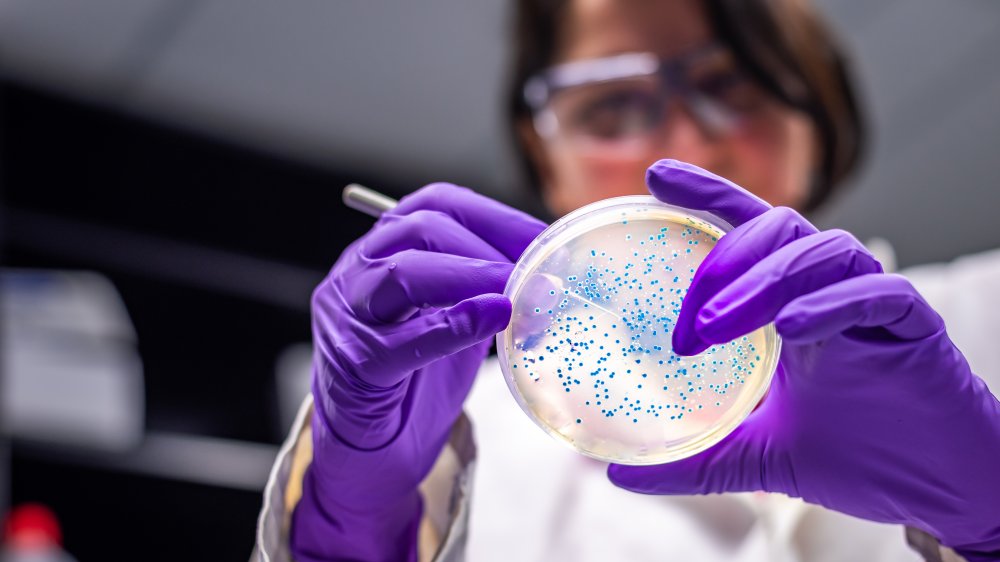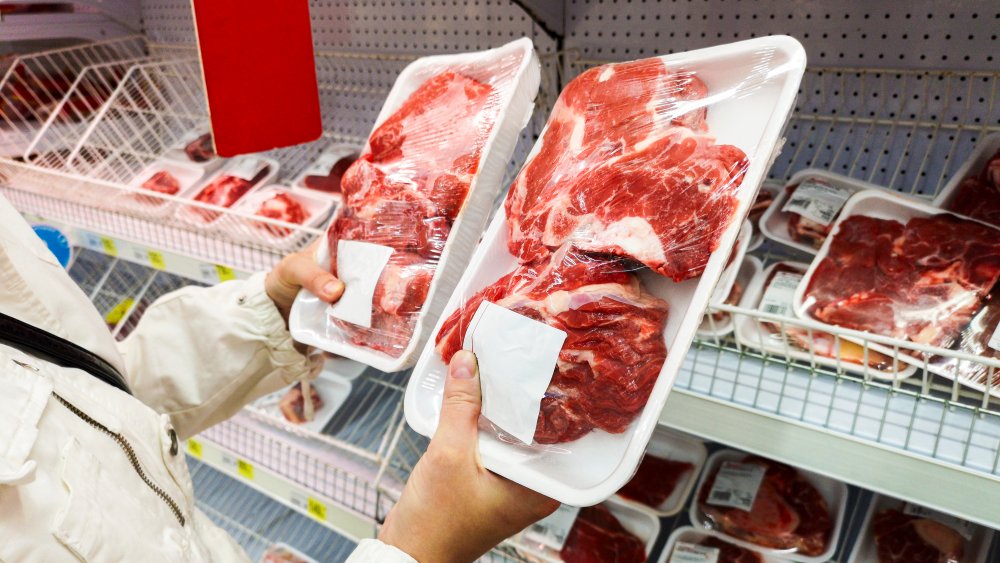What You Need To Know About The Mystery Salmonella Outbreak
As if we didn't have enough on our plate in 2020, the United States is in the midst of a salmonella outbreak with no known cause. Scientists at the CDC are investigating, but little is known at this point about the outbreak. For now, the CDC does not recommend that consumers avoid any particular foods. As of July 20, 125 cases of salmonella Newport have been identified in 15 states, with the first case reported on June 19. The CDC knows all 125 cases are likely related because bacteria sampled from patients have a similar genetic makeup. Five states had a large majority of the cases: Oregon (42), Utah (28), Michigan (12), Montana (11), and Wyoming (9). The other 10 states have reported five or fewer cases: Ohio (5), California (3), Iowa (3), Minnesota (3), North Carolina (3), Missouri (2), Illinois, Tennessee, Washington, and Wisconsin.
People infected by salmonella bacteria can experience stomach cramps, diarrhea, and fever anywhere from six hours to six days after exposure (via the CDC). The infection can cause more severe problems by spreading to the blood, bones, or nervous system. Salmonella often goes away on its own, but antibiotics are prescribed to knock out the stubborn cases. Salmonella infects an estimated 1.35 million Americans and kills 420 in the U.S. every year, according to the CDC. Severe cases send 26,500 people to the hospital annually. Infants, people over 65, and people with compromised immune systems are most likely to get severe infections.
Salmonella is common in animals but comes from a variety of foods
Salmonella infects people through contaminated food or contact with animals. Pet owners should wash their hands after handling reptiles, amphibians, birds, or rodents — even cats and dogs can carry salmonella (via the CDC). One reason salmonella is difficult to track is that it can come from all kinds of foods, including fruits, vegetables, eggs, meats, and processed foods (via the CDC). The agency recommends rinsing fruits and vegetables; washing your hands, utensils, and cutting boards often; and cooking meat to the proper temperature.
Salmonella is common in dairy cow herds in the United States. Milk cows are often used for ground beef after their production declines (via Purdue University). But recent cases have come from a variety of sources. Raw goat milk cheese has caused four salmonella Newport outbreaks in France since 2000. A recent case, in 2018, infected over 150 people and was traced to a small producer of raw cheese (via Food Safety News). The FDA reported 13 U.S. cases of salmonella Newport in 2019 from frozen ground tuna, imported from Vietnam.
A scientific study published in 2019 on the CDC website shows that salmonella Newport is becoming resistant to a certain antibiotic typically used to treat the infection. Azithromycin-resistant salmonella was discovered in an outbreak of 255 U.S. cases that stemmed from two separate sources: a Mexican soft cheese (probably unpasteurized) and American beef.
If you experience salmonella symptoms, keep track of what you've eaten and see your doctor, who can report it to your local health department.

